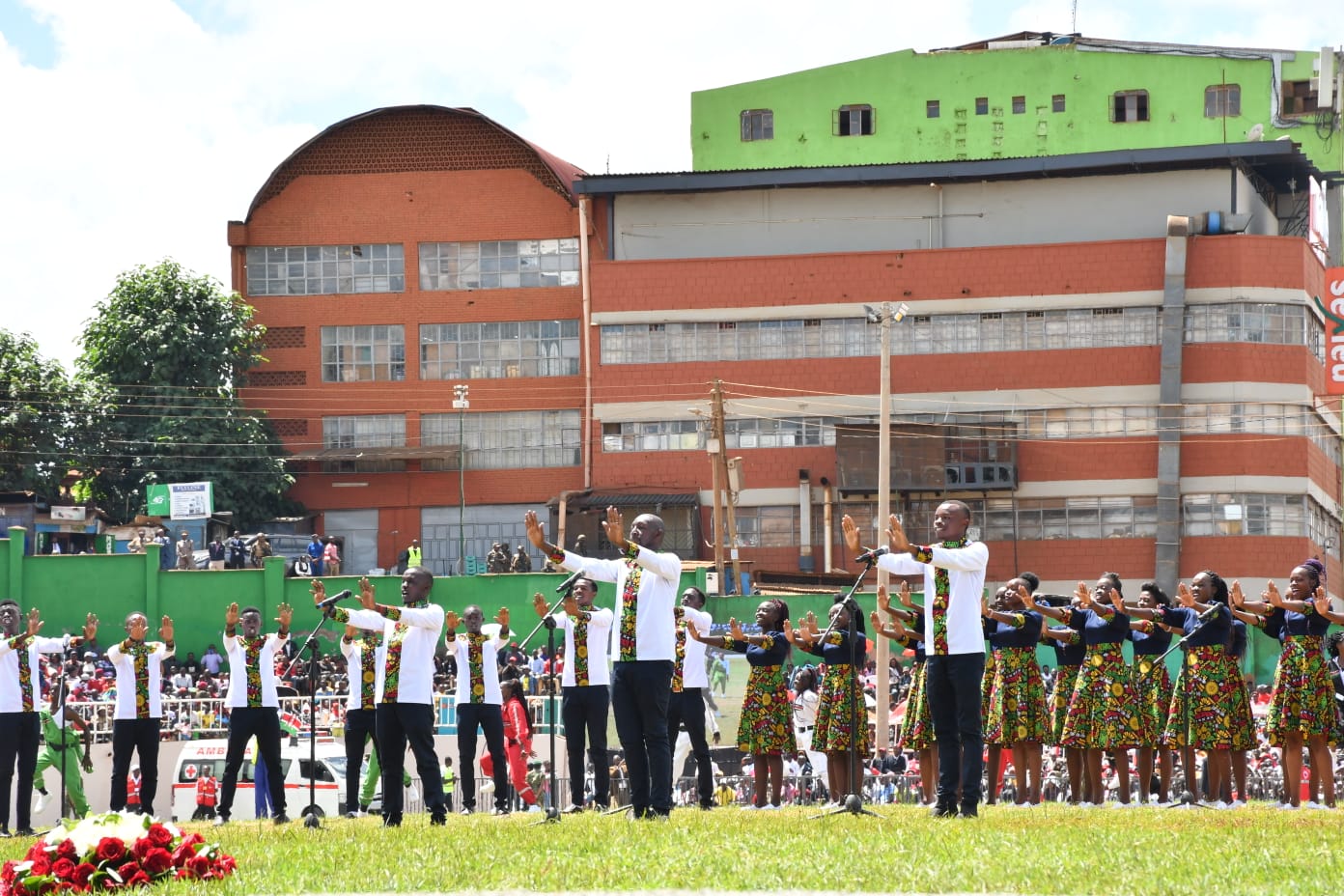Kenya’s trends in rural-to-urban migration have been on the rise despite interventions and developments such as devolution, among many other measures.
One critical game-changer that is projected to reverse this trend is electrical connectivity. The Rural Electrification and Renewable Energy Corporation (REREC) is at the epicentre of fulfilling this important mandate.
Rural electrification acts as a force multiplier in job creation at the grassroots level, thereby stemming the tide of rural-to-urban migration. This was highlighted during the commencement of the performance evaluation for the year 2023-2024 by the Public Service Performance Management Unit (PSPMU).
Eliud Owalo, the Deputy Chief of Staff for Performance and Delivery Management, led the exercise at REREC’s headquarters in Nairobi.
“Last-mile connectivity aligns with our Bottom-Up Economic Transformation Agenda, which aims to improve the lives and livelihoods of those at the bottom of the pyramid. Access to electricity creates jobs at the grassroots and reduces the phenomenon of rural-to-urban migration,” Owalo explained.
Among REREC’s stated targets are the development and promotion of renewable energy and the enhancement of electrical connectivity.
“The government takes this exercise very seriously, and public institutions must justify their existence. We want this framework cascaded all the way down, and those institutions that exceed expectations shall be rewarded, while those that don’t shall be sanctioned,” Owalo added.
According to the Corporation’s CEO, Dr. Rose Mkalama, REREC has embarked on a strategy to enhance electrification through collaboration with counties and constituencies. In this approach, dubbed the shilling-for-shilling matching strategy, the Corporation shares the cost of electrification equitably with either the County or the NGCDF. REREC meets half the cost of the undertaking, with the other party covering the balance. This means that more projects can then be accomplished, contributing to the overarching government strategy of attaining universal access to electricity by the year 2030.








